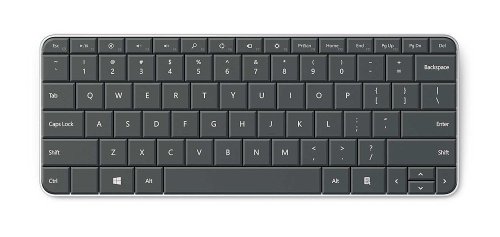In most areas of my transition to a new institution I have been able to draw on my previous experience as a tenure-track faculty member. This has been similar to my mostly-smooth transition from graduate school to life as a tenure-track faculty member. There is one area, though, in which my years as a tenure-track faculty member have not left me feeling any more prepared than I did during my last transition: advising.
Although I’m still part of a sociology department, there are some major differences between my current institution and my former when it comes to advising. The primary difference is that my current department has many fewer majors than my previous department, so while I had 40-60 major advisees at my previous institution, I currently have seven non-major advisees. This is an area in which I have no experience.
Previously, I was challenged with learning the departmental curriculum and the institution’s general education curriculum in order to advise students to complete all of the necessary graduation requirements. Currently, I need to know both of those things as well as enough about each of the other majors on campus to advise students until they officially declare, which must be done by the spring of their sophomore year. Although there is a lot of guidance available in the form of quick-reference sheets, lists of courses to start with, etc., it feels like the risk of screwing up somebody’s academic career by giving bad advice is magnified.
I’m sure that I will eventually get used to this, like I did at my previous institution. Until then, I’m glad that I don’t have many advisees to ruin the futures of!
—
“Like” Memoirs of a SLACer on Facebook to receive my sage advice via your news feed.






